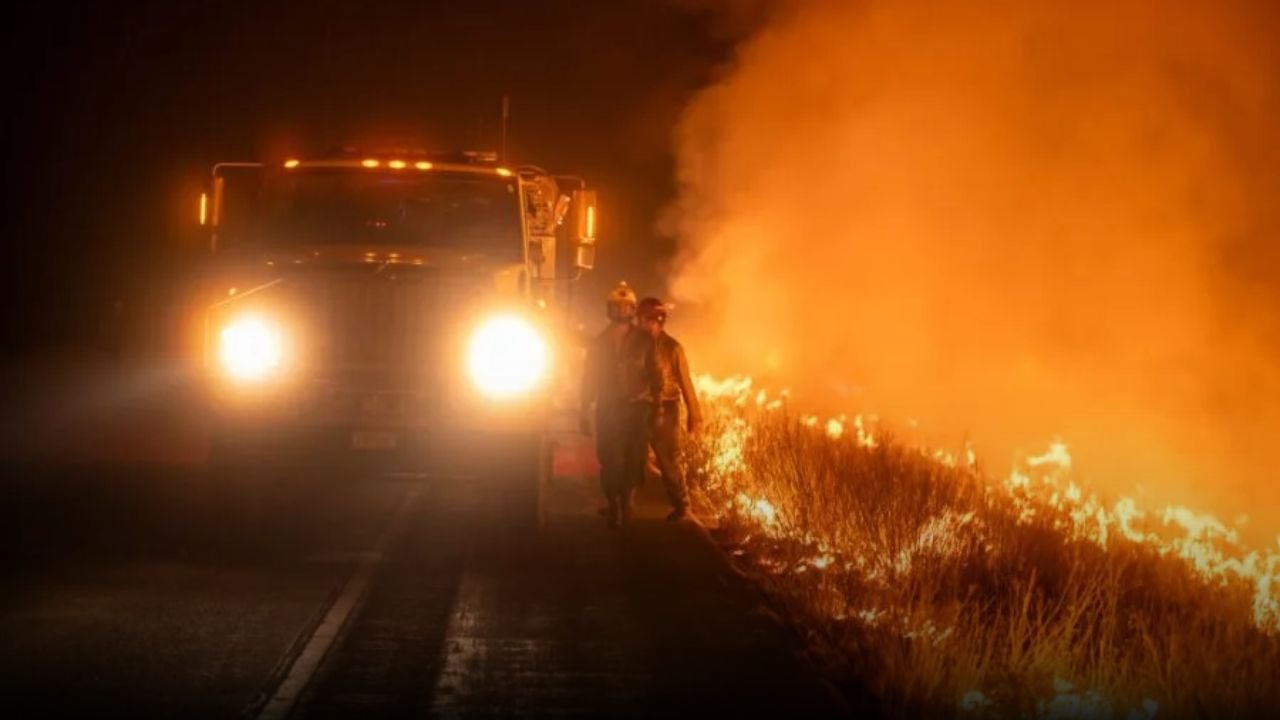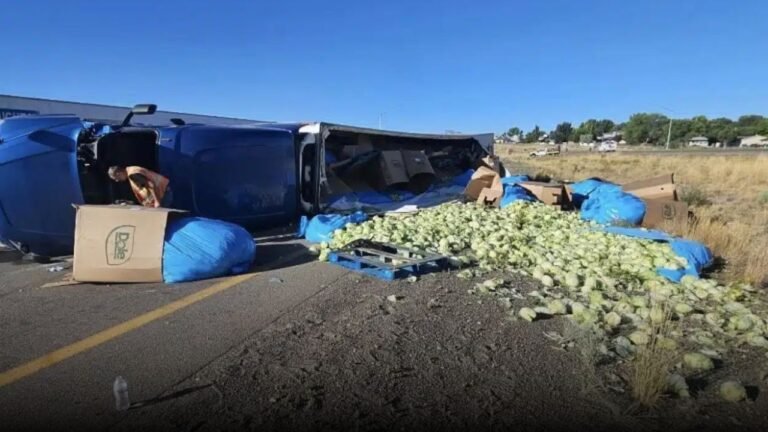Colorado Wildlife Officials Rescue Rare Trout Species Threatened by Spreading Wildfire
COLORADO — As the fast-moving Stoner Mesa Fire burned through thousands of acres in southwestern Colorado this week, wildlife biologists launched an emergency rescue operation to save a rare native fish species — the Uncompahgre cutthroat trout — from the wildfire’s destructive path.
The collaborative effort between Colorado Parks and Wildlife (CPW) and the San Juan National Forest came just in time to relocate a critical population of these genetically unique trout from Wildcat Creek, a small tributary of the Dolores River Basin that had become threatened by fire activity.
Emergency Rescue Amid Growing Wildfire Threat
The fire had already scorched over 3,500 acres when biologists Jim White and Kade Jackson of CPW’s Southwest Region and Durango division, respectively, arrived at the creek. Working closely with fire crews for safety coordination, the team rushed to collect as many trout as possible before ash and sediment runoff could damage the aquatic environment.
Their target was 250 fish — but the team surpassed that, relocating 266 Uncompahgre cutthroat trout to the Roaring Judy Fish Hatchery, located roughly 165 miles away near Gunnison. The fish were transported in water-filled buckets using CPW trucks and immediately placed in isolation tanks to prevent disease transfer to other hatchery species.
According to CPW Hatchery Manager Seth Firestone, the fish are being monitored as they adapt to new food and conditions in their temporary home. Firestone emphasized the importance of isolation units to ensure that diseases from wild fish don’t infect the hatchery’s resident trout and kokanee salmon populations.
Why the Cutthroat Rescue Matters
The Uncompahgre cutthroat trout is one of Colorado’s rarest native fish lineages and is considered a critical conservation priority. Genetic studies have identified its distinct traits, making the preservation of even a small wild population vital for the species’ future in Colorado’s waters.
Following wildfires, water ecosystems often face long-term degradation due to sedimentation, debris flow, and temperature spikes. That made the urgency of this rescue even more pronounced.
“Post-fire conditions can devastate aquatic life,” said CPW’s Jim White, who noted that in past years, fish kills have occurred when ash-laden water suffocates gills or raises temperatures beyond survivable thresholds.
Biologists are now assessing whether to return the rescued trout to Wildcat Creek once conditions improve or to introduce them into another stream within the Dolores River Basin where the species could thrive.
Stoner Mesa Fire Grows Despite Rescue Efforts
As of the latest reports, the Stoner Mesa Fire has continued to expand, reaching more than 7,100 acres and threatening other fragile habitats within the San Juan Mountains. San Juan National Forest Supervisory Biologist Clay Kampf explained that close coordination with fire incident teams was essential to keeping the biologists safe as they worked in active fire zones.
Wildfire season in the western U.S. has intensified over recent years, with Colorado witnessing some of its largest and most destructive burns in the past decade. The impact on wildlife, especially aquatic species, has prompted agencies to develop rapid-response strategies like this recent trout relocation.
Broader Implications for Wildlife Conservation
This rescue effort reflects broader concerns about how climate change and extreme weather are impacting not just people, but also rare wildlife populations across the country.
In Illinois and the Midwest, similar challenges have affected native species in the Mississippi River Basin and Great Lakes tributaries, where flooding and pollution threaten aquatic life. Conservationists believe the lessons learned in Colorado can serve as models for emergency wildlife preservation elsewhere.
Additionally, the CPW’s efforts showcase how inter-agency coordination, science-based planning, and quick mobilization can make a measurable difference in protecting at-risk species in critical habitats.
Do you think Illinois should prepare a similar rapid-response plan to protect native species from flood or wildfire threats? Share your thoughts and learn more about environmental protection initiatives by visiting ChicagoSuburbanFamily.com.







